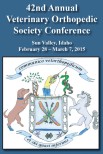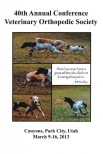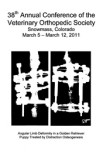Objective—To compare navicular bone marrow lesion (BML) conspicuity in the feet of horses as determined via 2 fat-suppressed MRI techniques, including standard short tau inversion recovery (STIR) and inversion recovery gradient echo (IRGE).
Sample—Feet (n = 150) of horses with lameness referable to the distal portion of the digit.
Procedures—STIR and IRGE sequences were obtained prospectively in all feet with a standing low-field equine MRI system. Presence of a BML was ascertained by identification of a characteristic combination of marrow alterations in T1-weighted, T2*-weighted, T2-weighted, and STIR images. Signal-to-noise and contrast-to-noise ratios were calculated on STIR and IRGE sequences in 56 feet with a navicular BML.
Results—Signal-to-noise and contrast-to-noise ratios of both sequences correlated linearly (r = 0.87 and r = 0.92, respectively) but were significantly higher for STIR images (mean ± SD, 22.6 ± 12.7 and 12.4 ± 11.4, respectively), compared with IRGE images (13.7 ± 8.0 and 5.9 ± 7.2, respectively).
Conclusions and Clinical Relevance—Results suggested that the IRGE sequence revealed BMLs significantly less conspicuously, compared with the standard STIR sequence. The 2 techniques cannot be used interchangeably, and IRGE is therefore not recommended as the sole fat-suppressed sequence for routine equine standing MRI protocols.









